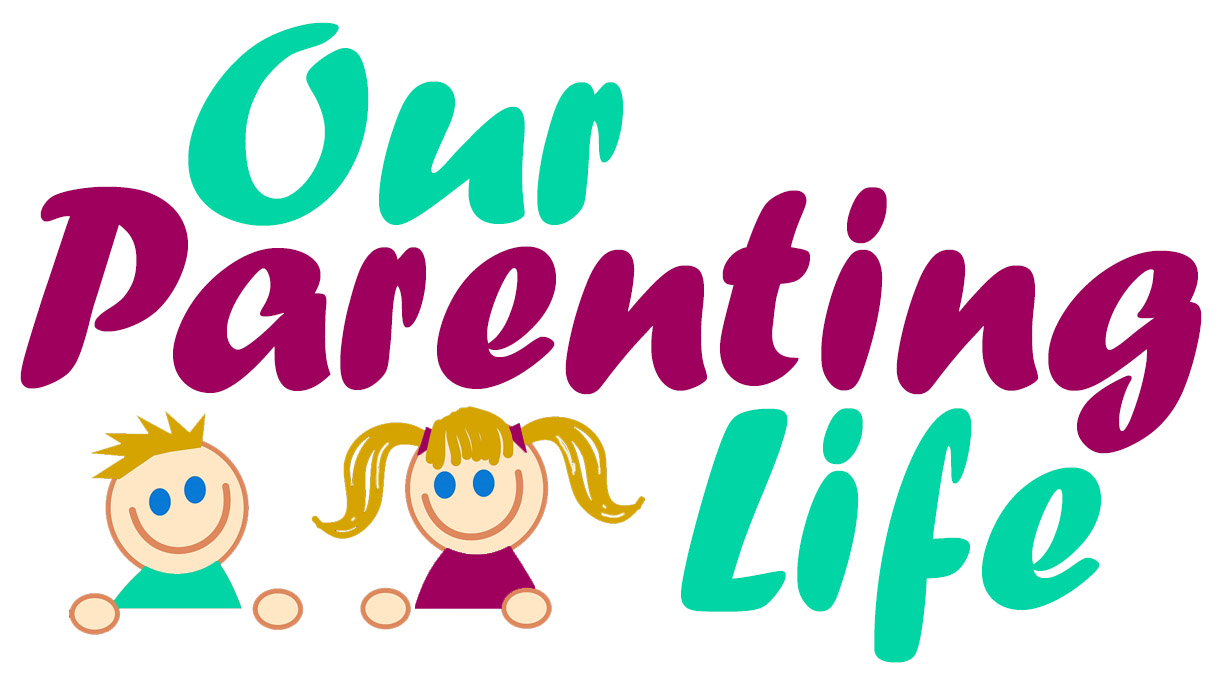
Photo: Unsplash
We live in a wonderful world where no two people are the same. It’s every parent’s goal to raise their child to be loving and kind to others, including people with disabilities who may look, learn, or communicate differently than we do. Now more than ever, it’s important to raise disability-aware children who actively embrace others’ differences, whether visible or invisible. Our guide explains what parents need to know when fostering a sense of acceptance, inclusiveness, and compassion in kids of all ages.
Acknowledge We All Have Differences from One Another
A key factor in raising a disability-aware child will be focusing on the idea that the world would be a very boring place if everyone looked and acted exactly the same way. Don’t shy away from acknowledging that each person is unique, and they may have differences that are:
- Physical, such as those who use wheelchairs or other assistive devices or have physical differences from genetics or an accident.
- Mental, such as autism, attention-deficit hyperactivity disorder (ADHD), and dyslexia.
- Emotional (a type of mental disability), such as depression, post-traumatic stress disorder (PTSD), and generalized anxiety disorder.
Try to avoid using the word “normal” when describing a disability by opting for more inclusive language:
- Words like typical and able (and variations thereof) are more empowering, and they reinforce that there is no “right” or “wrong” when it comes to an individual’s physical and emotional abilities.
- Neurotypical is a common term for a person without a mental disability, while neurodifferent and neurodiverse are often used when referring to someone who has a mental disability.
- Differently-abled is an approved way to describe someone with physical limitations.
Allow Your Child to Ask Questions
Kids are naturally curious, so try not to discourage them from asking questions about someone they view as “different” from themselves, even if you don’t have answers or their questions make you uncomfortable. Keep in mind that they may ask about people you meet in person as well as characters they see on TV and in movies.
If you’re in a position to speak to the individual your child is asking about (or their parent, when it’s more appropriate), it can be a great way to learn about the person and their abilities. It also helps demonstrate that it’s OK to ask questions in a respectful way. When speaking with someone with a disability, be sure the individual is an active participant in the conversation — you and your child should be talking to them, not about them as if they aren’t there.
Try not to be hard on your child for using language that may be offensive when asking questions. They’re most likely not trying to be hurtful, so it shouldn’t be a punishable offense. Instead, try to direct them to use more positive words and phrasing. For example, you might gently nudge them by suggesting, “She doesn’t walk funny. She walks differently, which she told us is because she has a medical condition that makes her spine curve.”

Photo: Pixabay
Be Open to Conversations
Especially with disabilities that aren’t visible, like cognitive impairments and learning disabilities, and those that don’t necessarily present themselves as disabilities, like Tourette syndrome, your child may have questions without fully grasping what they’re asking about. They may make a comment about the boy who takes a long time to read a page from a book or the girl who laughs even when no one told a joke, but they — and you — may not have context that there is a mental and/or physical issue present.
In cases where you don’t have answers but suspect an individual may be living with a disability, it’s best to keep conversations general while steering them in a direction of acceptance. Talk about how each person is unique, and just because someone is different from us doesn’t mean they’re doing something “the wrong way” and that they don’t share things in common with the two of you.
Point Out What Your Child Has in Common with Others
Work to instill in your children the idea that while we’re all unique, we share a lot in common with just about everyone we meet. For example, if your little one’s classmate uses a wheelchair, shine a spotlight on the fact that they love making art and going to the park just like your child. Similarly, other children may have trouble learning the way your child does, but they are very skilled at making Lego models and always know how to cheer other kids up. Pointing out what your child recognizes as strengths in individuals with disabilities helps them understand that we aren’t defined by one feature.
Also be sure not to treat anyone — whether a child or an adult — differently than you would anyone else. This further instills the fact that we’re all equal to each other.
Discuss Ways to Be More Welcoming
An important way to show compassion is to actively work to create an environment that is comfortable and welcoming for anyone who has a disability, so talk to your child about how they can accommodate a peer’s disability when they’re together. For example, if your child has a friend who has a sensory processing disorder, playing a loud video game during a playdate may be too overwhelming, so exploring the backyard may be a better activity. Similarly, if they have a classmate with dwarfism, your child can move the toys in their room to a lower shelf to make playtime more accessible when they visit.

Photo: Pixabay
Encourage Independence
It’s wonderful to help acquaint your child with someone new with or without a disability, but part of their social development relies on the ability to communicate with others on their own. Not only will this improve their communication skills, it also builds their sense of empathy, and they’ll learn how to better interact with others, even those with pronounced disabilities that make communicating difficult. For example, a child with autism may need to have conversations where sentences are repeated more than once, while someone with cerebral palsy (CP) may speak slowly. Encourage your little one to seek out opportunities to have meaningful interactions with others, including those with differences in their physical appearance and communication ability than your child.
Encourage Advocacy
While you don’t want your kids to treat people with disabilities as lesser or weaker individuals, you should stress that it’s never OK to purposely be hurtful to people who look or behave differently than they do (or to anyone, for that matter!). Unfortunately, other children and adults aren’t always as accepting. Encourage your child to reach out to an adult — you, your spouse or co-parent, their teacher, or their babysitter, for example — if they witness any bullying behavior.
Set a Good Example
Putting all of these strategies into place will only be truly effective for kids whose parents and other role models practice what they preach. Set an example for your children, even when you think they’re not paying attention. Simply following the suggestions in our guide is a great way to be a disability-awareness leader.
Teaching children that we all have characteristics that make us completely unique from one another is important in raising a child who embraces and accepts others regardless of how they look, communicate, or learn. The earlier we start teaching our children to actively embrace others’ differences, the better, but it’s never too late to start. Remember to use age-appropriate language, be prepared for conversations where you won’t have an answer to every question, and always lead with compassion.
